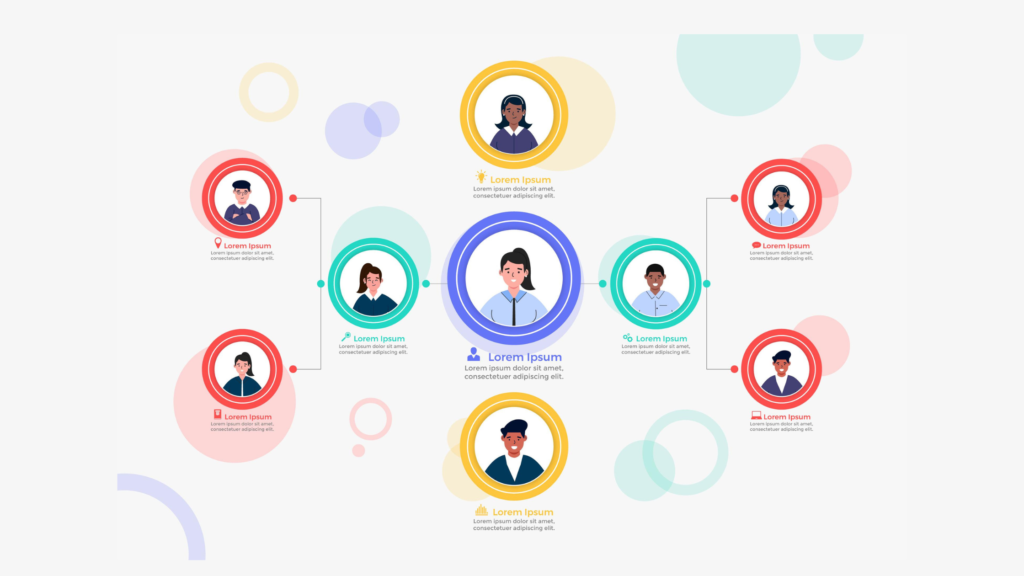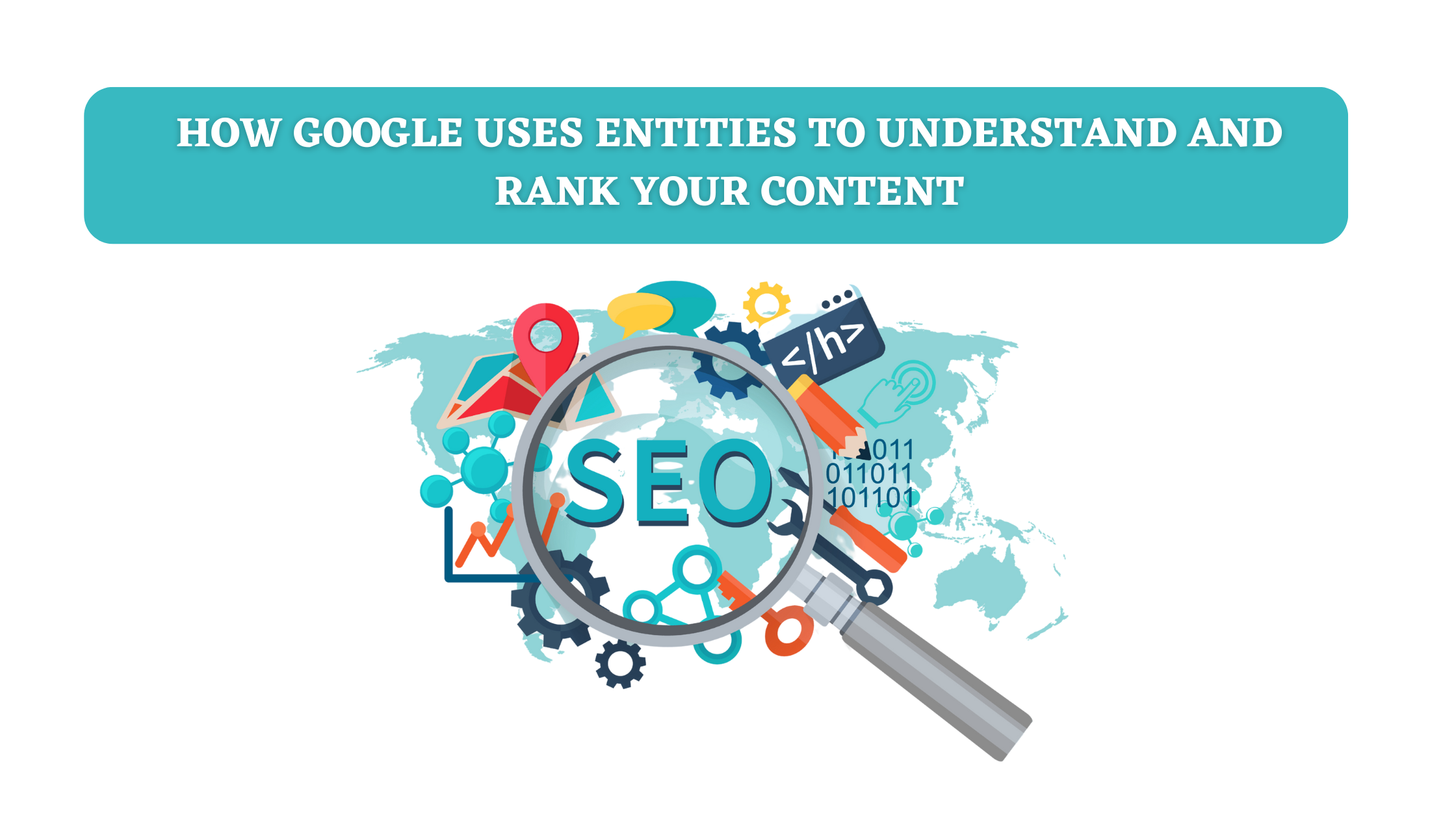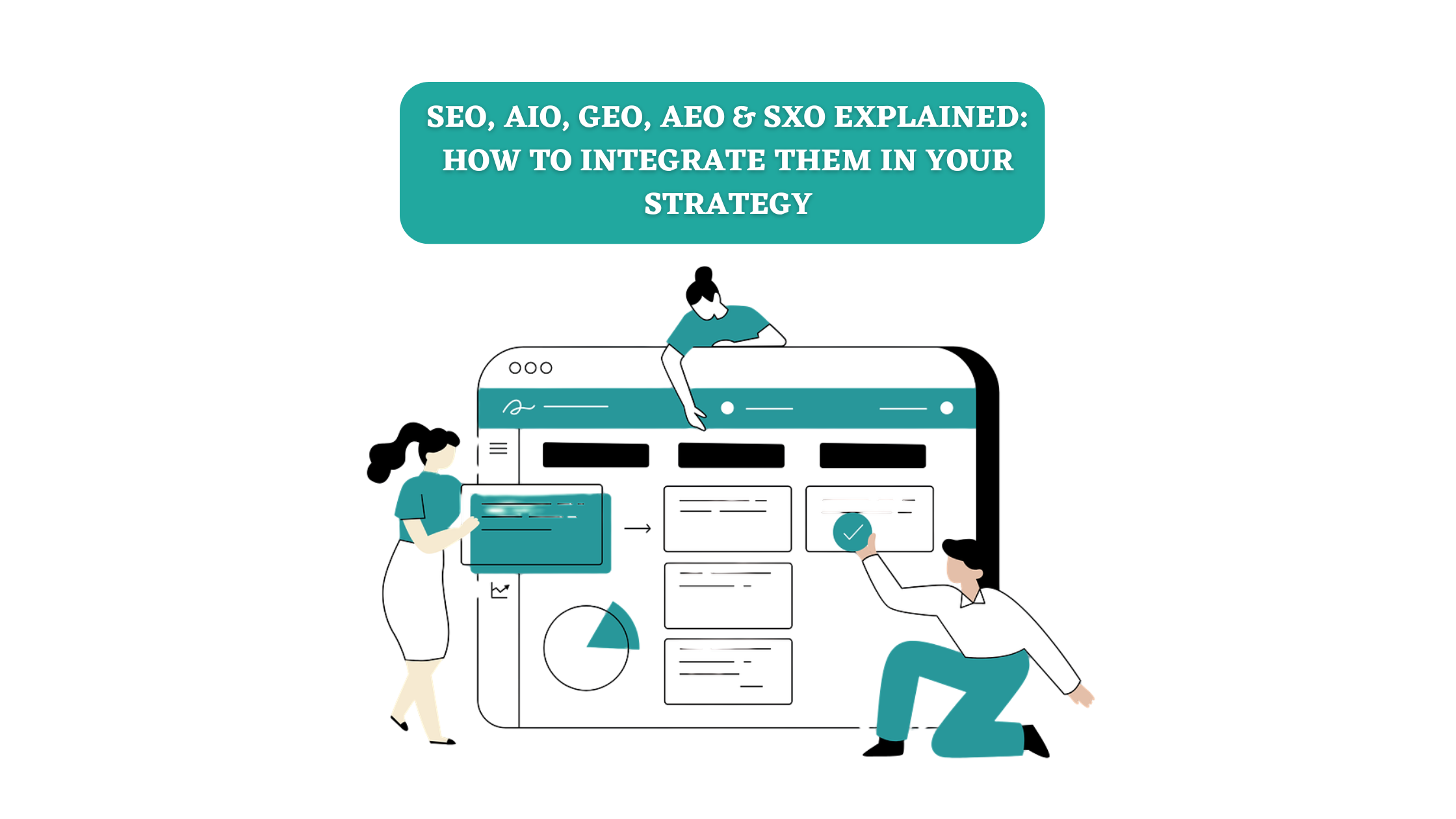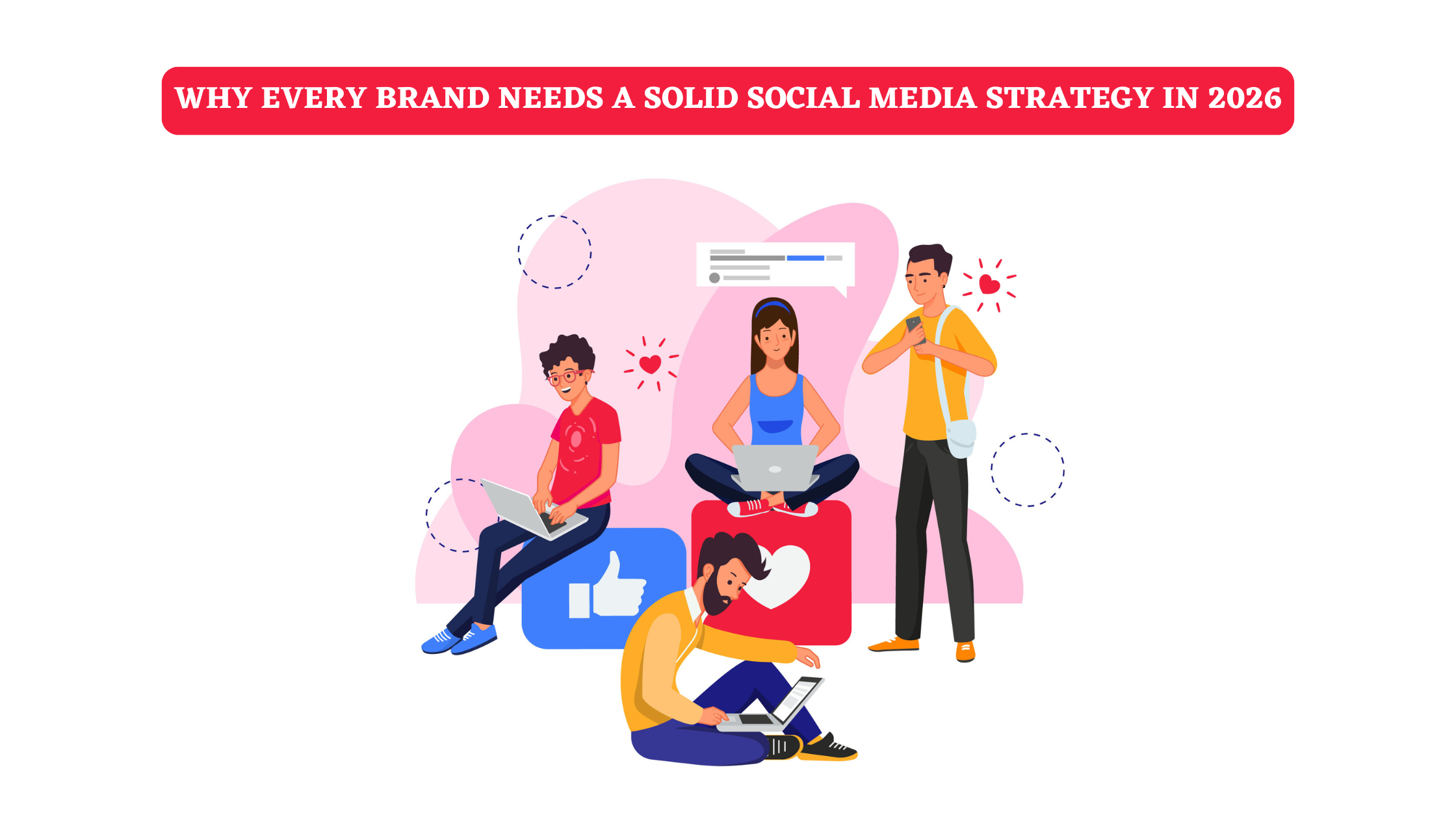When I asked a smart speaker for a recipe last week, I didn’t expect to get a single line and move on. Instead, it...
You’re writing about a product, a concept, or a person, and Google seems to know exactly which one you mean! Even if you never use the exact keyword!
That’s not magic, that’s called entities. So, if you want the search engine to notice you (and like you), entities are what you should focus on for 2026.
What’s An Entity?
An entity is anything that can be uniquely identified: a person, a place, a company, a concept, a book, even a scent, in theory.
When Google reads a page, it’s not only tallying keywords. It’s trying to figure out which real-world things you’re talking about and how those things relate to each other. That’s the heart of what people mean by “what is entity SEO.”

The key to remember is that keywords are letters on a page; entities are the things behind those letters.
How Does Google Use Entities?
Google’s search engine is like a giant librarian that doesn’t just store books, it memorises facts about the authors, publishers, characters, places mentioned in those books, and the relationships between them.
Those facts and relationships are represented as entities in Google’s Knowledge Graph, and they’re the backbone of how Google understands meaning beyond mere words.
A quick scale check: Google reported the Knowledge Graph had over 500 billion facts about 5 billion entities (May 2020). By mid-2024, industry reporting suggested that it had ballooned to roughly 1.6 trillion facts across 54 billion entities, so we’re talking about a massive, rapidly growing graph of real-world things.
Here’s what Google actually does with those entities, step by step:
-
1.Map terms to known things (entity identification)
When Google sees a phrase on a page or in a query, it doesn’t just read the letters; it looks for an entity match: a person, product, company, location, or concept it already knows. That’s how searches for ambiguous names (“Mercury”) get the right result — planet, element, or car — depending on context. Google’s documentation confirms Knowledge Graph data feeds the panels and these facts are pulled from many sources.
-
2.Connect related entities into a context map
Once an entity is identified, Google links it to related entities (author → article → publisher → product). Those links form context: who wrote what, which company makes which product, which case study mentions which client. In short: your page becomes a node in a web of real-world relationships, and that web is used to judge relevance. Jason Barnard and other SEO practitioners track Knowledge Graph activity and explain how those entity relationships shape search behavior.
-
3.Use entity patterns to guess search intent
Entities help Google decide if a query is informational (research), commercial (buying), or navigational (find a site). For example, a query that references a product entity plus “review” signals commercial intent; the same product name with “history” signals information. Google’s guidance on helpful, people-first content explicitly ties automated ranking systems to signals that demonstrate Experience, Expertise, Authoritativeness, and Trustworthiness (E-E-A-T), and entities are a big part of those signals.

-
4.Surface answers as rich results, panels, and AI summaries, sometimes without clicks
Because the Knowledge Graph contains direct facts, Google can show answers right in the SERP (Knowledge Panels, featured snippets, AI Overviews). That’s one reason so many searches end as “zero-click” SparkToro’s 2024 analysis found roughly 60% of Google searches ended without a click. The rise of AI Overviews and other SERP features (Semrush spotted AI Overviews on 13% of queries in early 2025) shows Google increasingly packages answers directly on the page. If your content is not clearly tied to the right entities, you may lose traffic even when Google “uses” your content to form a direct answer.
-
5.Leverage structured data and signals to verify facts (and reward trust)
Google doesn’t need structured data to understand entities, but structured data (JSON-LD / schema) makes it easier for Google to verify which entity you mean and what attributes belong to it. Google’s Search Central case studies show measurable gains after adding structured markup for example, Vidio implemented VideoObject markup and saw 3x increase in video impressions and 2x increase in video clicks on Google Search; Monster India’s JobPosting markup led to a 94% increase in organic job-page traffic. These are concrete examples of how giving Google explicit entity data improves discoverability and engagement.
-
6.Cross-check and update continuously.
The Knowledge Graph and related algorithms are frequently updated. SEOs monitoring the graph note periodic updates (affecting large portions of entities), and Google’s systems pull facts from many sources (open data, licensed databases, sitemaps, structured markup) to keep entity records current. That means consistency across your site, your public profiles, and any authoritative mentions matters, and discrepancies can make Google hesitate to trust your entity.
Why Do These Mechanics Matter?
- -If your site clearly names and describes real entities (people, products, companies) and supplies structured data and verifiable citations, Google can place your content into its entity graph, which increases the chance your pages show as rich results or get cited in AI summaries.
- -If you don’t provide clear entity signals, Google may still “understand” you, but it’ll be harder for the engine to confidently surface your content where entity context matters, and with zero-click and AI features on the rise, that confidence gap often equals lost traffic.
Quick List of Evidence-Backed Actions

- -Add JSON-LD for Organization, Person, Product/Service, CaseStudy where relevant (Google recommends structured data; case studies show results).
- -Use entity extraction tools (Google Cloud Natural Language, spaCy) to map which entities your content already mentions and where gaps exist.
- -Keep author bios, company profiles, and citations consistent across the web so the Knowledge Graph can link your site to authoritative entities. (Google E-E-A-T guidance).
Real-world example (B2B angle)
A commercial buyer was searching for “supply chain analytics vendor for food distributors.” A good B2B SEO company in India did this:
- -They created a hub page on “supply chain analytics for food distribution” (primary entity).
- -Added product pages for each vendor (vendor entities), case studies with named distributors (client entities), and a schema for each case study (CaseStudy entity).
- -Cross-linked vendor reviews, integration guides, and ROI calculators so Google sees a web of related entities.
- -This resulted in the site signals to ascertain that it is an authoritative resource for that entity cluster, matching the buyer’s search intent.
A Practical Checklist You Can Use
- -Create an entity map for one target page. (Primary entity + 5 related entities.)
- -Add or refine JSON-LD for Organisation, Author, and Product/Service.
- -Add at least two authentic entity mentions (case study, quote, or stat with attribution).
- -Link the page to a relevant hub and at least one deep resource.
- -Check GSC for people also ask and related queries, adapt content to include relevant entities.
A Few Notes on E-E-A-T and Credibility
Experience matters. If you can, include first-hand details: how a product was tested, project timelines, even small numbers. Expertise reads like nuance.
Author bios should show real credentials and related entities (past employers, publications). Trustworthiness? Cite sources, show dates, and make contact info easy to find. Entities help tie everything together so Google can verify the story you’re telling.
One small twist, contradictions are okay
Sometimes you’ll say, “This solution is cheaper but slower.” Mild contradictions like that mirror real life and can increase reader trust, because people expect nuance.
Just explain why. That little human wobble tells both readers and algorithms you’re not regurgitating spin.
Ready To Make Google Understand Your Content?
If you want a results-first approach to entity-based SEO strategies for 2026, let’s be practical: DealsInsight runs a three-step program:
(1) We start with entity discovery and intent mapping,
(2) Then schema and case-study rollouts,
(3) Lastly, aim at topical hub building and internal linking to show clear relationships between people, products and pages.
This offers improved match to search intent optimisation, stronger E-E-A-T signals, and better distribution for commercial and research queries.
Ideal for mid-market and enterprise teams seeking a reliable B2B SEO services in India or specialist B2B SEO Services in Chennai.
So, get an Entity Audit + Technical SEO review from DealsInsight. We’ll map your entities, add the right schema, fix internal links, and build the hub structure that search engines (and buyers) trust.
Contact Dealsinsight today!




